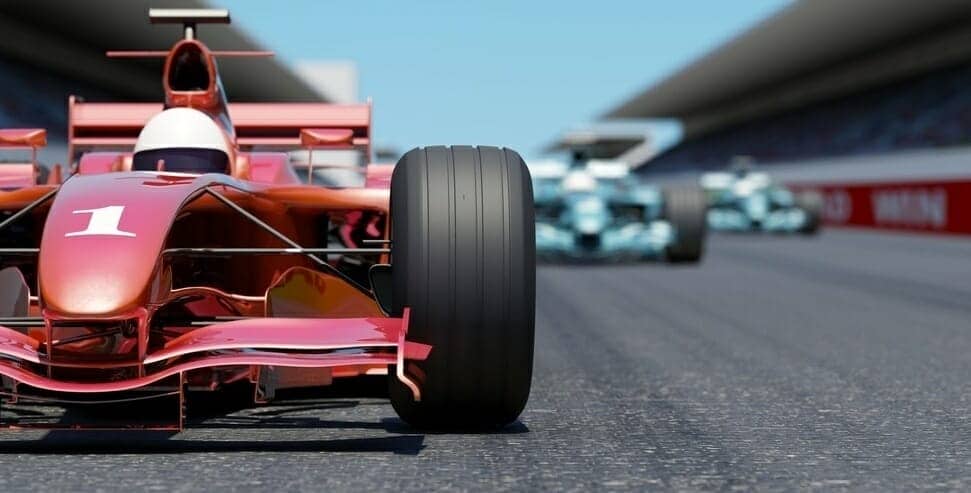Big Data in the Driver’s Seat: Motorsports Winning with SSDs
“We use SSDs because we want the win.” Joe Foley, CTO, Joe Gibbs Racing
In the world of motorsports, the margin of victory is often measured in milliseconds. In 2002, the smallest winning margin in Formula 1 was witnessed at the United States Grand Prix victory of Rubens Barichello over Michael Schumacher by 0.011 seconds.
The slightest hitch during a pit stop, a few misplaced pebbles on the pavement, or switching gears half a second too early could mean the difference between millions in endorsements or spending the rest of your career racing at Dave and Busters. In the seemingly distant worlds of flash storage and car racing, performance is where the rubber meets the road.
It’s no secret that every racing team on the planet looks at its competitors’ weaknesses and tries to exploit them on the track, but the ones that are truly successful go above and beyond what is necessary to gain that competitive advantage.
At Joe Gibbs Racing, the team downloads data during practice and post races wirelessly, then processes and delivers that information in about a minute or less to their central computing system. Since 2008, the group has utilized SSDs for storing and processing that data due to the fact that it has no moving parts. At 220mph, the sound waves coming off the cars are an enormous source of vibration, with decibel levels reaching as high as 140.
So what kind of data exactly is the team downloading to its systems? Everything from the car’s throttle position and steering wheel angle to brake pressure and fuel consumption. The challenge then is to figure out which information is critical during the race and then entering that information into models to get the predictive intelligence on how the cars are going to perform. That’s where the true power and performance from SSDs come into play.
Click here to read the full article, “Big Data in the Driver’s Seat: Motorsports Winning with SSDs.”




